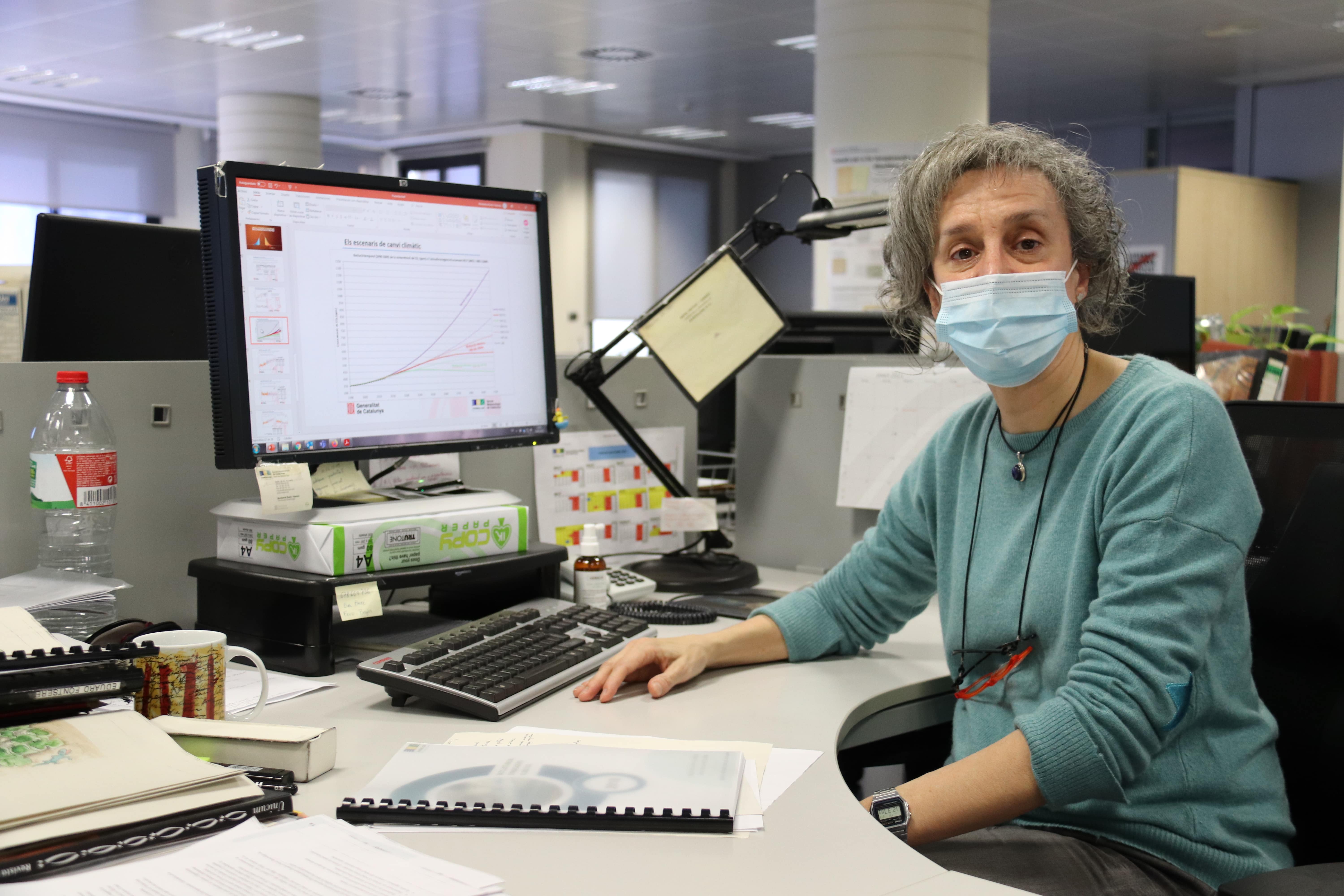Extreme weather events await Catalonia as climate experts warn of bleak future
Earlier blossoming of some trees show nature cycles getting out of sync, says METEOCAT’s Montserrat Busto

As part of the Mediterranean basin, Catalonia is home to a vibrant ecosystem with an extremely rich wildlife that makes it one of the world’s biodiversity hotspots—and as climate experts warn, that ecosystem faces an existential threat posed by climate change.
"People usually think of the poles, but the Mediterranean is also a very fragile ecosystem," said Montserrat Busto, a climatologist at Catalonia’s Meteorological Service (METEOCAT).
Catalonia’s average temperature is expected to rise over 3ºC by 2050, surpassing global forecasts, and also exceeding the 2ºC threshold set by the Paris Agreement to avoid dangerous climate effects.
Even if average temperatures rise by only 0.5ºC, Busto says, extreme weather events like snowstorms or heat waves will be more frequent, which will have damaging effects on animals and plants. "It’s like a house of cards: you touch one card, and the entire structure shakes," she says.
After Catalonia registered the hottest year on record in 2020, temperatures are expected to continue rising. According to METEOCAT, scientists have come up with new categories to measure extremely hot periods: for instance, counting the days as hot as 30ºC instead of only 20ºC, and nights when temperatures don’t go below 25ºC, instead of 20ºC.
While METEOCAT expects rainfall to decrease by 40%, extreme weather events like last year’s destructive Storm Gloria or the more recent Filomena, which brought heavy snowfall to some parts of the country, will be more likely.
According to Busto, longer summers are pushing some trees to blossom and produce twice for the first time.
One of the oldest databases measuring plant phenology in Catalonia, compiled by a farmer in the Serra d’Almos mountains, has found that every 10 years, olive trees blossom 4 days earlier. That’s 19 days since the series started in 1971. For apricot trees, the shift is 28 days.
"Greenhouse gasses are still there, and won't go away in a matter of a year," says Busto, explaining that the reduction of emissions is no longer sufficient to face the threat of climate change. "We need to adapt, knowing that nights will be hotter, sea levels will rise, and natural cycles are out of sync."